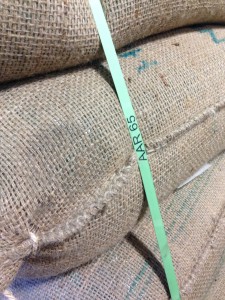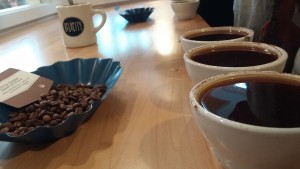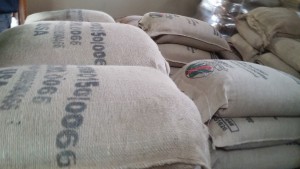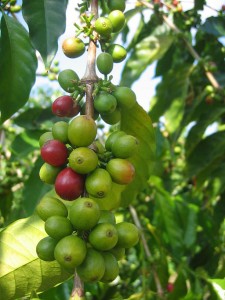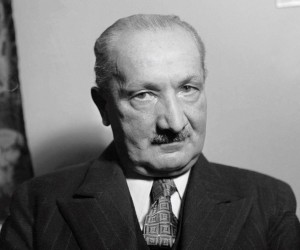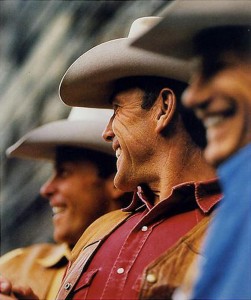In Marcy Norton’s piece entitled “Tasting Empire: Chocolate and the European Internalization of Mesoamerican Aesthetics,” Norton posits that contrary to scholarly opinion, chocolate and coffee’s emergence as a popular commodity came not from the thought that they could “insert
it into existing flavor complexes and discursive categories” (Norton 660), which consequentially would have masked any “indigenous” flavors attributed to Mesoamerican terroir, but that the flavor complexes were unwittingly accepted by the Europeans’ palettes. The mechanism created to support Norton’s rebuttal of the popular belief is that in turn, and as a result of the somaticization of cacao and coffee, the commodity’s migratory power led to the “cross-cultural transmissions of taste” that transcended themselves into helping strengthen the global spice market. Norton doesn’t forget to mention that they did, however, develop in composition and style, but due to what’s referred to as the “technological and economic challenges posed by long-distance trade rather than a radical rupture in the aesthetic preferences of chocolate consumers.” (660)
The main questions that these questions pose for the latter parts of the article concern ideas revolving around how and what processes are responsible for how humans in a world with a global market learn to assimilate to foreign things. Norton briefly suggests that the sensibilities of people change when the goods carry the idea of “biological and economic essentialism,” but also toward what’s described as a sort of cultural functionalism. The question that might underline these two positions is that of what relation the biological and economic qualities of a commodity have with its cultural functionalism, and how the definition of “luxury” wavers in meaning and significance in this given circumstance.

